
Dangerous Driving
September 24, 2014
Don’t miss out on this blogger’s rant about dangerous driving over at the Huffington Post.
The usual suspects, such as driving on a cell phone and distracted driving, are included. However, the writer also talks about other dangerous driving behaviors, such as speeding up at yellow lights and failing to use a blinker. Then, there’s the crimes of extremely dangerous driving such as speeding, weaving in and out of lanes, and cutting across multiple lanes to exit with no warning whatsoever. See the full story here:
An Epidemic of Dangerous Driving
Dangerous driving does seem to be an epidemic these days. It’s like the common cold – we all get it sometimes, and when we do, we spread it to everyone around us. One person’s neglected blinker leads to another’s erratic swerving and another’s frustrated braking and tailgating. So, wash your hands of bad driving habits and help us create a safer world for everyone.

Driver’s Guide to Wet Roads
September 23, 2014
Fall is sure to bring plenty of rainy weather this year, which means lots of driving on wet roads. Oil, engine fluids and water combine to make streets extra slick. When rain is especially heavy, standing water can cause hydroplaning. Before things get too wild out there, read these smart driving tips and you’ll be able to handle the wet roads like a pro.
Love Your Tires
You can improve traction in wet weather by maintaining good tires. Make sure the tread depth is at least 2/32-inch. You can test depth using a tread depth gauge or using the penny test. Then, use a tire gauge to test for proper inflation. While you’re at it, be sure to check for any wear & tear that could result in a leak or blowout.
Use Your Lights
Be sure to use headlights while driving in rainy weather. This will allow you to see and be seen better.
Improve Visibility
There are a few things you can do to improve your visibility. Maintaining windshield wiper fluid will allow you to quickly clear your view when those first few rain drops combine with dirt and dust to create a cloudy windshield. You can also use a rain repellent product on windows and mirrors to help water run off clean and clear. Also, don’t forget to clean the inside of your windows.
Drive Slower
Driving slower also improves visibility, as well as reduces your risk of losing control and hydroplaning. It’s also wise to leave more room when following other vehicles in traffic. Other cars and trucks spray water from the road, which could further reduce your visibility in the rain. Plus, slick asphalt makes it take longer to stop.
Know How To Regain Control
If your car starts to skid, don’t panic! Continue to look and steer the car in the direction you want to go and avoid slamming on the brakes to maintain control of the vehicle.
Know When to Pull Over
If the downpour or spray from other vehicles is too heavy, just stop driving. When visibility is so low that you can’t see the edges of the road or the vehicles in front of you, pull off the road as far as possible, turn on your hazard lights and wait out the storm.
Thousands of crashes occur each year due to rainy conditions. However, all this can be prevented with just little bit of know-how and smart, quick thinking. Keep these tips in mind the next time you drive on wet roads, and you’ll be prepared for anything.

Deer Season
September 22, 2014
No, we’re not talking about the hunting season. We’re talking about the season when drivers are most likely to hit a deer.
The season of deer-infested roads is just around the corner. If you haven’t already noticed an increased number of deer crossings lately, then just wait. As mating season and hunting season begin, drivers are sure to see more deer on the roads than they have all year.
While many folks in urban and suburban areas think these animals are peaceful, majestic or Bambi-like adorable, drivers in rural areas know better. Deer are infamous in their ability to cause traffic accidents. You may not be surprised to find out that many people you know have hit a deer. However, there are also plenty of drivers out there that have been hit by a deer. They seem to stand there by the side of the road and wait as you approach, then jump out at the last minute in a suicidal attempt to hit your vehicle. Or, maybe they’re just seeing if they can make you slam on your brakes and swerve off the road?
To top it all off, many states are witnessing an increase in the already-dangerously overpopulated numbers of deer. So, not only will drivers be seeing more deer on the road than in previous months, but they will be seeing more deer on the road than in previous years as well.
October, November and December are the months that drivers are most likely to have a deer-related traffic accident. So, keep these tips in mind as fall turns into winter and the animals flee to the streets:
- Deer are most active between 6 PM and 9 PM. If at all possible, avoid driving in rural or even some suburban areas during this time.
- When driving at night, use your high beams as much as possible. As long as there are no other drivers in front of you, or other legal restrictions, the high beams should be on. This will allow you to see deer as they approach the road from nearby woods.
- Pay attention to DEER CROSSING signs. These signs let drivers know where deer are most active.
- Never drive distracted. Drivers should never drive distracted, whether it’s deer season or not. However, distracted driving is even more likely to result in an accident when it is done on a deer-saturated street.
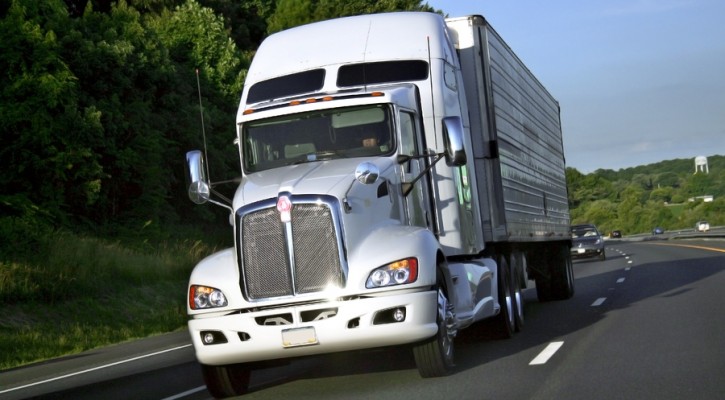
Truck Driving Companies: The Big Guys Vs the Little Guys
September 22, 2014
Truck driving companies are hiring all across the country. Big and small, these employers have seen a shortage of drivers lately and are in need of some fresh workers for their fleets.
New drivers should be aware of all the advantages and disadvantages that come with working for different companies. So, today we’ll cover some aspects of working for big truck driving companies vs. small truck driving companies.
The Skinny on the Bigs
Well-known reputations. If you do your research, it’s easy to find out exactly what to expect from big truck driving companies. Some of these companies have been around since the invention of the long-haul truck, and in that time they have acquired a certain reputation. Some are known for their excellent pay, benefits, flexibility, job security, working environment, and incentives geared towards safety or efficiency. Meanwhile others have acquired notorious reputations for mistreating, mismanaging, underpaying and even illegally overworking their drivers. In the age of Google, all it takes is a simple search to find out which big companies are worth your efforts.
Corporate environment. In the world of corporate employment, truck drivers are known not by their names or their faces, but by the numbers on their trucks. With thousands of employees to manage, there’s little time for bosses, managers and dispatchers to get to know their drivers… much less care about their personal lives or families. So, if you crave a friendlier, more personal work place then this type of employer may not be right for you.
Flexibility. Because larger truck driving companies employ so many drivers, it can be easier to work out a more flexible schedule or ask for extended time off when needed. When you are just 1/1,000 of the fleet, the company’s financial success doesn’t depend on you as much.
Working for the Little Guys
The Unknown. Small truck driving companies usually don’t have much of a reputation. Unless you personally know a former fleet driver or a current employee, it’s hard to find out much about these small-time employers. However, that doesn’t mean you shouldn’t give the little guys a chance. Just be sure to check with the BBB for any major issues, and don’t sign any contracts without carefully reading them first.
Close-knit companies. Since small truck driving companies usually employ less than a dozen or so drivers, it’s easy to get to know everyone at the job. You may even become close friends with your boss and fellow employees, hanging out after work and getting to know each others’ families. Working with a tight group of people can be pretty rewarding. At the same time, it can also present its own crop of issues. When everyone knows everyone, word gets around quicker. Things such as work life, family drama, pay raises, and scheduling can cause problems between friends, so it’s best to be careful about how you handle your working relationships.
Dependence. When there are only 10 or so drivers, you become an integral part of the fleet. The company really depends on you. For this reason, your good work will be more appreciated and your bigger mistakes won’t go unnoticed. It may also be more difficult to request time off of work, since losing just one driver for the day could have a huge effect on the bottom line.
When choosing between big and small truck driving companies, it all depends on what is best for you. Don’t get too hung up on the size of the company. Just keep these thoughts in mind as you compare more important job aspects such as pay rates, miles, hours, vacation and medical benefits.

California’s Bicycle Buffer Zone
September 18, 2014
On September 16, 2014, the Three-Feet-for-Safety Act took effect. This new law makes it illegal for drivers to pass within three feet of a bicycle, giving cyclists a safer bicycle buffer zone when traveling on roadways.
In case you haven’t seen it, the Three-Feet-for-Safety video has been making the rounds. It makes a great case for the bicycle buffer zone, and it’s actually really, really funny:
As funny as the video is, bicycle safety is a serious matter. Drivers often get a little too close for comfort when passing bicycles. Likewise, cyclists often operate their bicycles recklessly, riding outside of bike lanes and ignoring traffic signs and lights. It’s a two-way street, so to speak.
Hopefully this new California law will make things safer – at least on one side of the metaphorical street. Drivers in every state should give cyclists plenty of room and pass them as safely as possible. Not only will it save money on traffic fines, but it will save lives.
So the next time you have to share the road with a cyclist, remember the three-foot bicycle buffer zone.
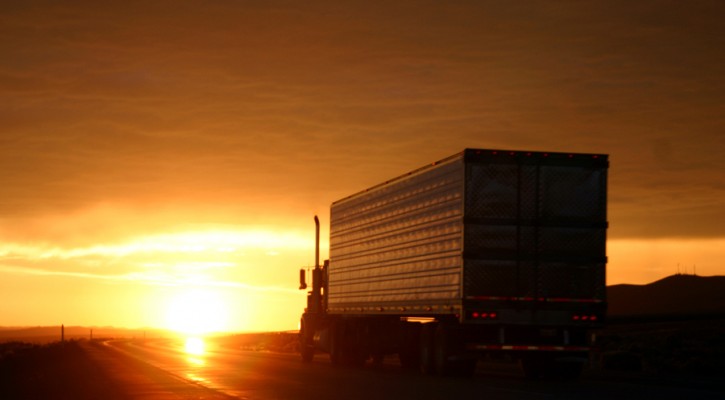
Truck Driver Appreciation Week Is On
September 16, 2014
This week is National Truck Driver Appreciation Week. Coordinated each year by the ATA, this week-long event is put on to show the country’s 3.2 million truck drivers that we all appreciate their important work.
Many of the ATA’s fleet members and state associations will be hosting ceremonies, cookouts and other driver appreciation celebrations, as well as giving out rewards, bonuses and other gifts.
Other organizations will also be participating in National Truck Driver Appreciation Week. Here is the current list of promotions and events taking place this week:
Pilot Flying J’s Driver Appreciation Coupons:
Pilot Flying J will be offering coupons all week long for free 20-ounce waters, fountain drinks, and coffee. Plus, if drivers buy a Cinnabon product, they’ll get another one for free. The stores will also have local celebrations with in-store giveaways.
Pegasus TransTech $10k in giveaways:
Pegasus TransTech is offering rewards to drivers who download the Transflo Mobile+ smartphone app. Every driver who downloads the app by Oct. 31 will be placed into a drawing to win a $100 Visa gift card, and 100 drivers will be named as gift card winners on Nov. 1.
The app allows drivers to scan and submit documents with their smartphones, as well as receive load tenders, message within the fleet, and report accidents, shortages and damages. It is available on both Apple’s App Store and the Google Play Store.
Overdrive’s iLuvMyTrucker campaign:
Finally, Overdrive is recognizing truck drivers with its iLuvMyTrucker campaign. Friends and family have nominated their favorite truckers, out of which seven truckers will be chosen to feature this week. Click here to see all of the drivers who were nominated.
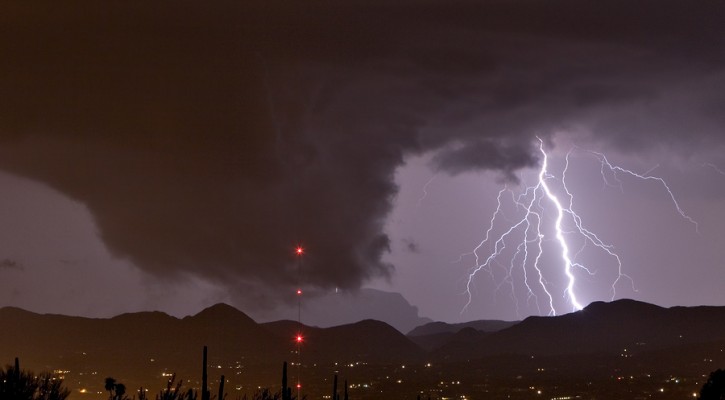
Driving Through El Nino
September 12, 2014
Rain is on the way! REJOICE!
As vast parts of the country suffer through prolonged drought, this year’s El Nino is a welcome cluster of storms. However, all this rainy weather is sure to pose some safety hazards as well.
Drive smart through El Nino by studying up on these tips and tricks:
Avoid Dangerous Travel. During severe weather and flooding, it’s best to not drive at all. However, many drivers have obligations that will force them onto the road in spite of present dangers.
Drive Slow. This is a no-brainer. Driving slow will not only help maintain traction and control on slippery roads, but also allow you to see hazards sooner.
Avoid Puddles. Puddles often form where roads have been damaged. A deep pothole will not only damage your tires, but also your engine. Water deeper than 6 inches will cause most vehicles to lose control and/or stall.
Turn Around Before Your Drown. If water is flowing over the road, then turn around. It only takes 6 inches to stall a vehicle, 1 foot to float it, and 2 feet to sweep it down the river or creek. This applies to trucks and SUV’s as well.
Be thankful for the much-needed rain brought by El Nino this year. And, be careful as you navigate your way through it!
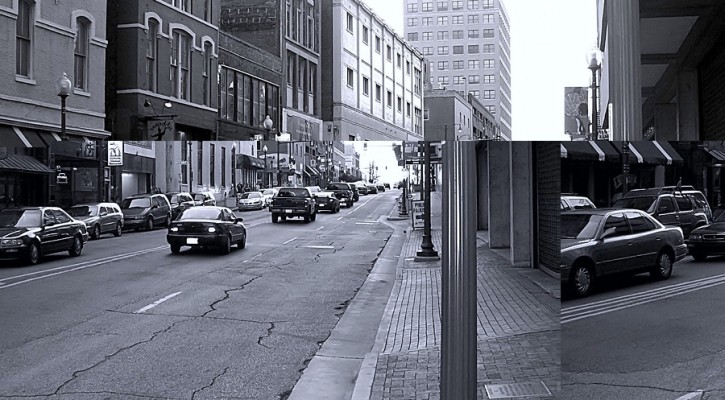
California’s Plan to Pay for Roads
September 10, 2014
In the past, the gas tax was used to pay for roads. Those were the days. Americans drove gas-guzzling cars and trucks, driving for both fun and for commute. Then they wised up. They drove less, drove fuel efficient vehicles, and began to save money by using public transportation.
However, those money-saving tactics came at a cost. With less tax revenue from gas taxes, the nation’s roads have been underfunded. Building new roads to meet today’s traffic needs has become more difficult, as the states struggle just to keep up with repairs on existing infrastructure. Traffic has gotten worse. Potholes and cracks have increased. And, few lawmakers want to raise taxes to deal with the problem.
However, California may be paving they with their plan to pay for roads. See the full story here:

A Message From Motorcyclists
September 9, 2014
Dear Motorists,
The riding season is waning, and fewer motorcyclists are out on the road these days. Extreme August heat will soon give way to freezing winter temperatures. But, don’t let our dwindling numbers fool you. WE ARE STILL OUT THERE.
Fall weather makes for prime riding time in many parts of the country. Meanwhile, some bikers in harsher environments will brave the elements no matter what the seasonal weather brings. So remember to stay alert and keep these motorcycle awareness tips in mind, even as the riding season comes to a close:
- Allow the motorcycle the full width of a lane at all times.
- Always signal when changing lanes or merging with traffic.
- Check all mirrors and blind spots for motorcycles before changing lanes or merging with traffic, especially at intersections.
- Always allow more following distance – three to four seconds – when behind a motorcycle. This gives us more time to maneuver or stop in an emergency.
- Motorcycle signals are often non-canceling and could have been forgotten. Always ensure that the motorcycle is turning before proceeding.
- Put the cell phone away, and never drive distracted!
We will do our best to ride safely, but you can make our lives easier (and longer) by keeping an eye out for motorcyclists all year long.
Sincerely,
Your friendly neighborhood motorcycle rider.
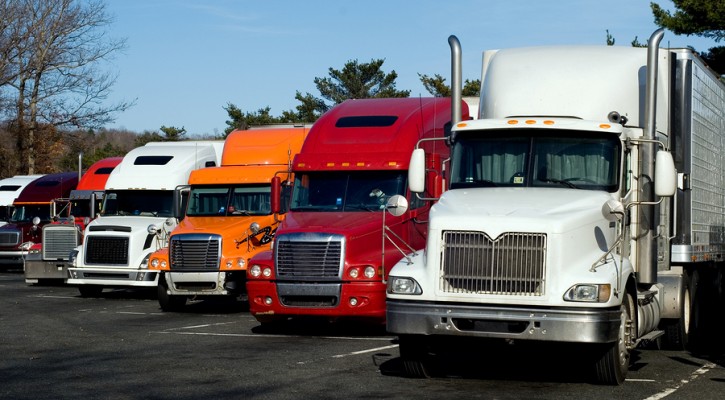
A New Trucker Parking System… Finally!
September 5, 2014
In Minnesota, the Department of Transportation is implementing a new parking system that tells truckers and dispatchers about vacant trucker parking spaces in Interstate rest areas.
Three rest areas along the I-94 corridor have been equipped with the system so far. The technology uses a network of cameras, in-cab messaging and electronic highway signs to notify truckers when there are spaces available to stop and rest. The information can also be found online so that dispatchers can see availabilities and notify drivers in real-time.
This new system could be a major game-changer when it comes to driver fatigue and HOS (Hours of Service) compliance. By knowing how many parking vacancies there are down the road, drivers and dispatchers can decide whether or not they should pull over and rest sooner, or continue driving with the knowledge that there will be a place to park before the work day is over.
Hopefully this new system, and more helpful initiatives like it, will improve working conditions for truckers in the future. Trucker parking is a small, but incredibly important and overlooked, piece of the puzzle. See the full story here:
MnDOT Launches New System to Help Truckers Find Parking Spaces
